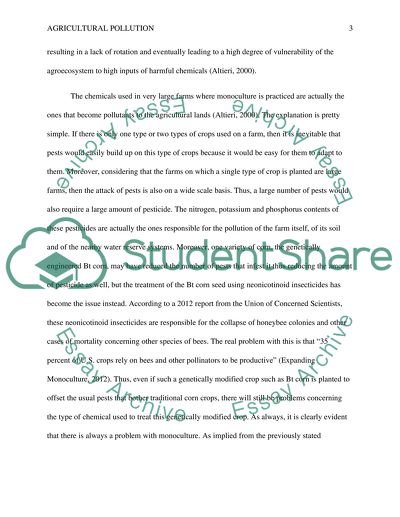Cite this document
(“Agricultural pollution Research Paper Example | Topics and Well Written Essays - 1750 words”, n.d.)
Retrieved from https://studentshare.org/environmental-studies/1481290-agricultural-pollution
Retrieved from https://studentshare.org/environmental-studies/1481290-agricultural-pollution
(Agricultural Pollution Research Paper Example | Topics and Well Written Essays - 1750 Words)
https://studentshare.org/environmental-studies/1481290-agricultural-pollution.
https://studentshare.org/environmental-studies/1481290-agricultural-pollution.
“Agricultural Pollution Research Paper Example | Topics and Well Written Essays - 1750 Words”, n.d. https://studentshare.org/environmental-studies/1481290-agricultural-pollution.


